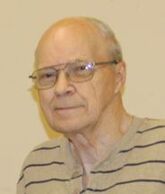 We wish to express our sympathy at the passing of Bill Rivers, long-time Board Member, account manager, and volunteer maintenance man. For over a decade, Bill helped keep the museum operating through his everyday commitment and service for which we are all forever grateful.
0 Comments
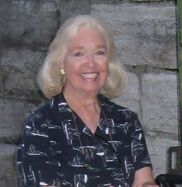 It is with great sadness that we learned of the passing of our retired, long-time Curator, Mary W. Klei. Mary dedicated herself to the Historical Society, and cared for its collections, as well as working diligently to establish the Warren County Historical Society Endowment Fund. For all who worked with her or enjoyed her company, she was erudite, a consummate teacher, and exacting historian. The Board has renamed the research library as the Mary W. Klei Research Library in her honor and memory. 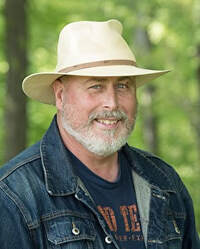 Nationally known native Ohio artist Chuck Marshall developed an early love and respect for the outdoors and art. Chuck knew he was going to be an artist from a very early age. He would spend hours each day sketching images of fields, hillsides, and animals that he would see while roaming the countryside. After a short stint in the Navy he studied one year at the Art Institute of Cincinnati before before moving to and studying at the California Art Institute in Southern California. He has studied with various artist which he feels has helped him to develop who he is as an artist. His art career includes many years as an illustrator and graphic designer as well as his fine art. Chuck has been invited to and participated in many national plein air events such as a guest artist for the Plein Air Convention and Expo as a field painter, Olmsted Plein Air Invitational, Atlanta Georgia, Door County Plein Air, Wisconsin, Great American Paint Out, in the Apalachicola/ Panhandle Florida area, Wayne Plein Air, PA, En Plein Air Texas, and Finger Lakes Plein Air, where he has won best of show twice so far. He is a member of the Rocky Mountain Plein Air Painters, Ohio Plein Air Society, American Impressionist Society, and Oil Painters of America. Chuck’s work has been published in International Artist Magazine, American Artist Magazine, and Plein Air Magazine. He has won numerous local and national awards, and has also performed as a judge in many juried art shows. His work can be seen at the Eisele Cincinnati, Ohio, Charles Fine Art, Gloucester MA, and Hayley Gallery, New Albany, Ohio. -taken from the artist's website Meet Chuck and view his art at the FREE wine and cheese Opening Reception of Beautiful Ohio: the Paintings of Chuck Marshall. 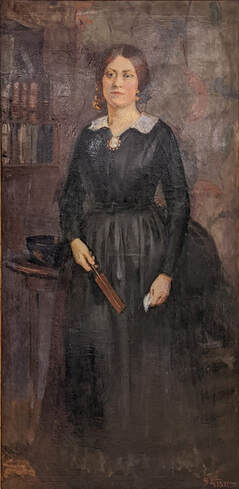 When you enter Harmon Museum's main entrance, you probably noticed the life-size portrait hanging on the wall just to the right of the Welcome Desk. The portrait is of Mary "Mollie" Wood Harmon (1842-1884). She was the mother of Harmon Museum's namesake, William Elmer Harmon. In 1927, Harmon commissioned this painting from Gertrude Russel Briggs who used a Daguerre Type photograph of Mary when she was 20 or 22. Briggs would later go on to be a co-founded of the Phoenix Art Institute. The Harmon Museum’s Armstrong Gallery of Flight has been accepted as a member of the Dayton, Ohio’s Historic Aviation Trail, “a non-profit corporation in partnership with the National Park Service, to promote Aviation Heritage in the Dayton region.”
The Armstrong Gallery of Flight houses a collection of rare aviation related artifacts including Orval Wright’s top hat worn at the Wright Brothers’ Homecoming Celebration in June of 1909. Also on display are items gifted from Neil Armstrong and artifacts relating to the incredible legacy of Ohio’s Flying Farmers. Other sites on the historic Aviation Trail include The Wright Cycle Company, Carillon Historical Park, and the National Museum of the United States Air Force. For more information on the Armstrong Gallery of Flight, click here. It is open, along with the rest of Harmon Museum, from 10-4pm, Tuesday-Saturday. 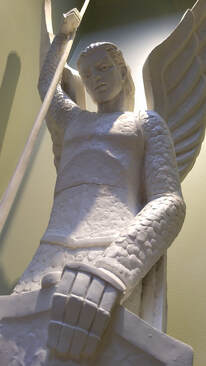 Michael the Archangel 1965 Robert Koepnick Plaster Maquette Gift of John Koepnick On display in Harmon Museum's Contemporary Art Gallery FUN FACT: Koepnick pioneered a new casting process for the final work. This aluminum sculpture was made for St. Michael’s Church in Houston, Texas and is over 30ft tall! 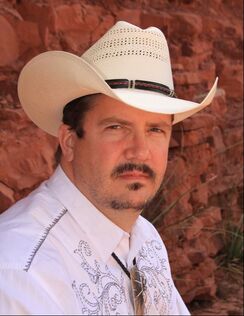 A native of Lebanon, Ohio, Scott Miller is a product innovator, artist, and photographer. He holds a master’s degree in business and a bachelor’s degree in industrial design. Many products Scott has designed can be found in your home. Marshall Miller, Scott’s father, introduced Scott to photography as a child and his interest has continued to develop. Scott enjoys photo outings with Marshall, and together they have made numerous photography excursions. Scott’s photographic subject matter is primarily landscapes. These scenes are captured from his personal journeys, with images and compositions that unravel the complex majesty of this earth that we are so blessed to inhabit. Scott also enjoys woodworking as another artistic outlet. Scott’s professional design work can be found at the following locations: • Your home, Target, Walgreens, Wal-Mart, Costco, Kroger… • The Harmon Museum & Historical Society • The Cincinnati Art Museum • The Cleveland Art Museum • The Carnegie Institute of Art • The Chicago Athenaeum Museum His professional works have been honored by the following publications: • Six International “Good Design” awards • More than 100 design and mechanical patents. • Two Japan “Red Dot” awards • IDSA /Businessweek Magazine award • Fortune Magazine, Package Design Magazine, Dayton Daily News, and The Plain Dealer See more of Scotts Photography at his Online Gallery. (bio provided by the artists.) View Scott's work, and meet the artist, at the Opening Reception to his joint show with Angela Meehan, Véjà Du- by Two, on August 11 at 6:30. Véjà Du- by Two will be on display at Harmon Museum July 28 - September 9.  Have you heard the most recent episode of Lebanon Public Library's podcast? We join hosts Dylan Posa and Barb Leitschuh talk about the Museum Shop. Come visit the Museum Shop for work made by local artists, artisans and authors! Listen to the episode by clicking here! Chip carved from walnut cigar boxes, with two drawers and lid. The pedestal box form was primarily found in upstate New York and created in the 1930s. Our example still has the New York cigar makers imprint on the inside of the boxes. Tramp Art wasn't produced only by itinerants but by the working man and is considered Folk Art. These pieces can be simple such as picture frames and small items, or complicated such as boxes with secret compartments and furniture. A generous donation by K. Richard B. Niehoff.
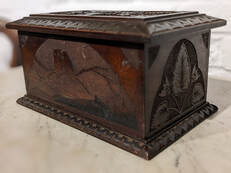 Benn Pittman was born in England in 1822 and came to Cincinnati in the mid 1850's. He was a teacher at the Cincinnati Art Academy teaching decorative art and wood carving. One. of the premier Cincinnati Carvers, his work can be seen on furniture, woodwork, staircases, and small decorative items. His second wife was Adelaide Nourse, twin sister of painter Elizabeth Nourse. He was the founder of phonetic shorthand in America and one of the first shorthand reporters employed by the US Government. His most famous recorded case was the trial of the Lincoln conspirators. - Sylvia Outland, Art Curator 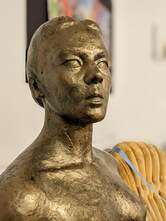 Plaster maquette (model for a larger sculpture) of elegant standing female by Wayne Green. Carlysle Wayne Green lived in the old schoolhouse on Utica Road just north of Old St. Rt. 122. (This is why we named her Utica as she didn't come to us with a name.) Green was an accomplished sculptor, and artist-in-residence and instructor of sculpture at Wilmington College. Educated at the Dayton Art Institute, his works can be found in public private collections including Wilmington College. - Sylvia Outland, Art Curator 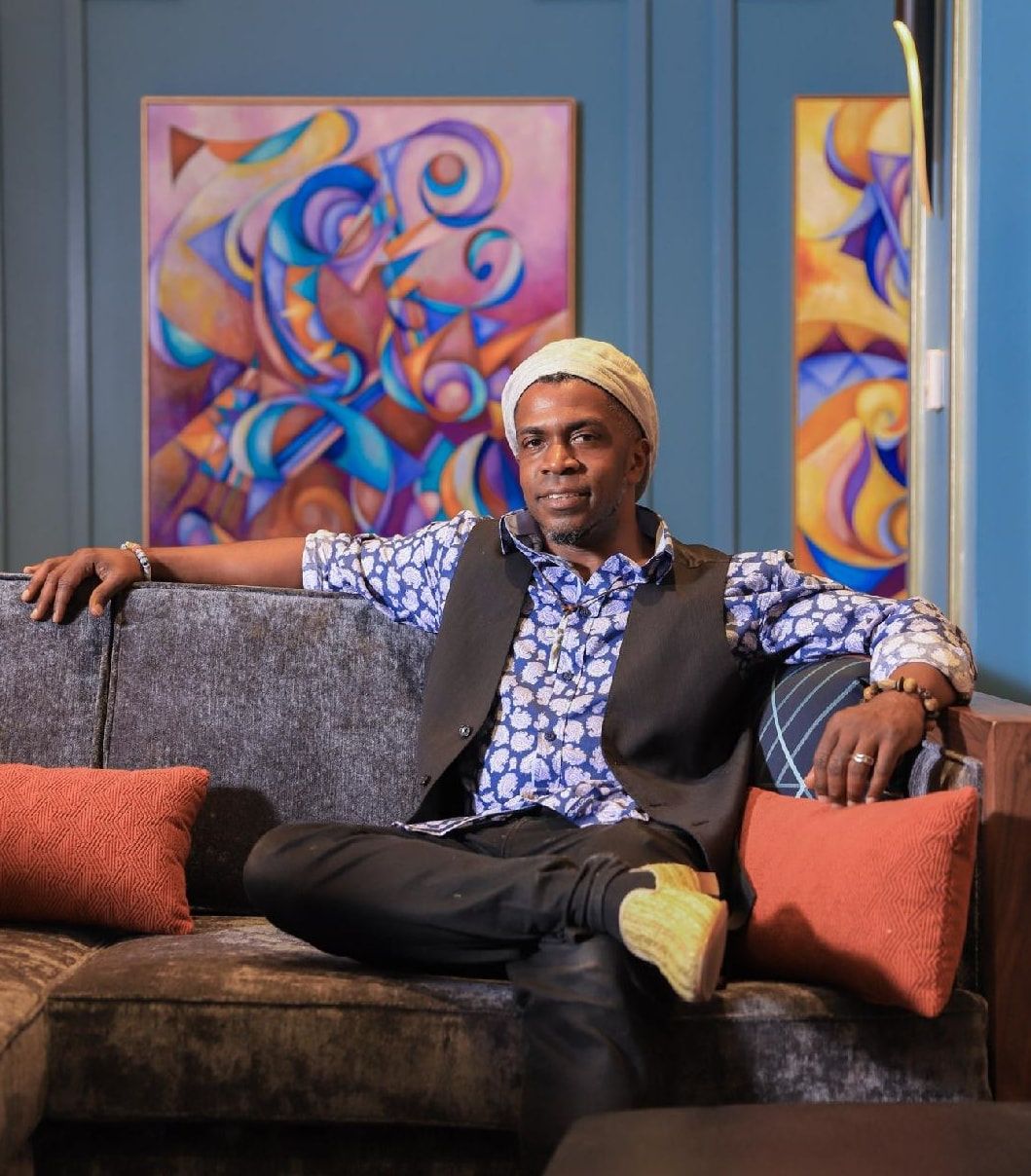 "The paintings and drawings I create are intended to build bridges between the past, present, and future for both individuals and ALL groups of people, through stylistic ideas and expressions that crossover into many genres. Historically, my interest in art draws from cubism at the beginning of the 20th century. In contemporary terms, I have been noted to create images that relate to elements of urban architecture, highlighting areas of the city in which I lived and worked. My intention was to create a kind of architectonic lyricism. Much of my work still combines elements of cubism and deconstructionism, thus combining my interests in the musical composition and its relationship to my visual world. A change in rhythm can be compared to a change in line, weight, brushstroke, value, and pitch. Though my work has characteristics of abstract art, I encourage my viewers to reexamine material culture through my art; therefore, my abstraction is not totally non-objective. It is semi-abstraction. In recent years my work has increasingly transitioned into bolder, brighter color, as a shift in mood and tempo create drawings that originate as studies and become important to my process. The forms seem to grow like plants and flowers interweaving together in my vivid pictorial arena. While incorporating shapes that reference biomorphic forms in nature and internal human anatomy, I combine recognizable imagery placed in natural and man-made environments to create paintings that celebrate the enduring positive spirit of humanity through passionate color. This use of vibrant color adds a dreamy and playful quality to my work. As a child, I possessed the passion to put my interpretation of the world around me on paper, later forging those images into paintings. I want the child I once was to be represented in my paintings on a visceral level, and at the same time express the refinement of a maturing culmination. The personal becomes the universal. Art is an important way for me to communicate and subsequently build relationships with others. My work is a spiritual testimony to the visual experiences that arouse my senses. As I examine and interpret the world around me, I seek to share an exquisite interplay of subtle and bold." 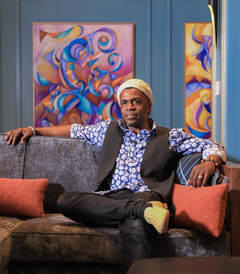 Cedric Michael Cox is best known for his paintings and drawings that merge surrealism and representational abstraction. As a student at the University of Cincinnati’s College of Design, Architecture, Art, and Planning (DAAP), Cox was awarded a fellowship to study at the Glasgow School of Art in Scotland. After receiving his Bachelor of Fine Arts in Painting in 1999, he began to exhibit regionally and nationally. Cox’s paintings catapult color into rhythmic action with abstract and recognizable images that create compositions inspired by themes in music and the natural world. His work remains true to sharing Cox’s innermost self as his passion radiates from the canvas. Working under several influences which include architecture and art history, Cox’s work ranges from the geometric, to the curvilinear, to floral-like forms, all dancing within surrealistic shapes. In addition to his work being in corporate collections, Cox has executed several large-scale public murals, as well as murals in various public and private schools in The Cincinnati Region. Cox’s past exhibitions include: The Contemporary Arts Center of Cincinnati, The Weston Art Gallery, The Columbus Art Museum, Dayton Art Institute, Five Myles Gallery in Brooklyn, Museum of Science and Industry and Gallery Guichard in Chicago, and The Taft Museum of Art. In 2019, Cox’s work was on exhibit at 21c Museum Hotel in Cincinnati, and in 2020, he had a solo exhibition at James Ratliff Gallery in Sedona, Arizona. A 20-year retrospective exhibition at Caza Sikes Gallery and a commissioned body of work was created for the New Kinley Hotel Cincinnati in 2020 and in 2021, a series of 64 paintings for Cincinnati Children’s Hospital was installed. Throughout his career, Cox’s work has been featured in books, magazines, and in the media. Be sure to visit Cox's Art Exhibition, opening May 13th. with a free reception at 6:30p.  Rodney Veal is an independent choreographer and multi-disciplinary artist. He is a graduate of Eastern Michigan University with a B.S in Political Science and Visual Arts. In 2010, he received an M.F.A in Choreography from The Ohio State University. Rodney is an adjunct faculty in dance at Sinclair College in addition to serving as a Completion Coordinator for the Creative Arts Career Community. Rodney currently serves on the Board of Trustees of Ohio Dance, as President, and on the boards of Levitt Pavilion Dayton, HomeFull, Dayton Live!, as well as the Community Advisory board of WYSO. Mr. Veal is the recipient of several Montgomery County Arts and Cultural District grants and fellowships, including a MCACD Individual Artist Fellowship in 2010-2011. He was one of five artists chosen nationwide to participate in the Blue Sky Dayton Project Artist in Residency Program held in collaboration with the University of Dayton in the summer of 2009. Mr. Veal has choreographed and presented performance installations all over the Miami Valley; recent notable projects are: Reveal: Five Zones of Beauty presented at the Springfield Museum of Art in 2011 and the GHETTO installation at the University of Dayton’s ArtStreet in 2015. Rodney can currently be seen as the Host of the Emmy© Award winning Television series THE ART SHOW on Think TV Channel 16, which is currently in production for its 12th season. Beautiful Remains: the work of Rodney Veal opens March 18 with a free opening reception at Harmon Museum. The exhibition closes May 7. 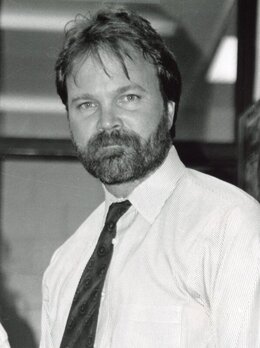 Lebanon native, Gary Simendinger, dedicated his life to art and, as a teacher, served as an inspiration to the youth of the community. He encouraged his students to follow their artistic passions. "If you can imagine it, you can create it," one such student remembers Simendinger telling them. "He's the reason I pursued a degree in art." These kinds of memories are commonplace when it comes to Simendinger's students. Gary Simendinger sadly passed away in 2005 but his influence can still be felt. His wife, Connie, and their two daughters, Rozi & Carley, have gathered together an extensive collection that demonstrates the breadth and depth of Simendinger's abilities. Gary Simendinger "His Life, Art, and Legacy" opens October 8th with a free opening reception and will remain on display until December 3rd. |
AuthorVarious staff and volunteer writers. Categories
All
Archives
June 2024
|
Email: [email protected]
Wchs Office/Harmon MuseumTues - Sat: 10am - 4pm
Year Round |
1795 BEEDLE cABINPhone for hours
Year Round |
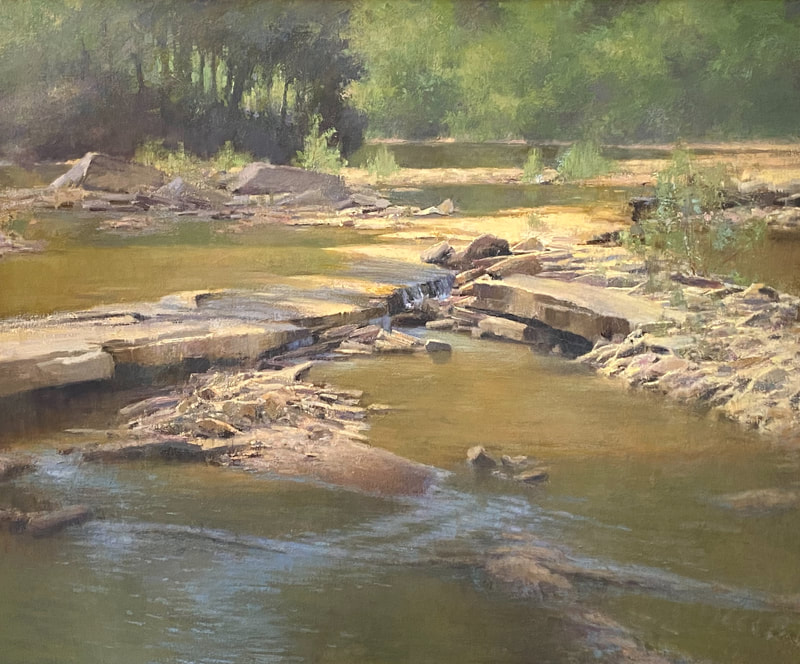
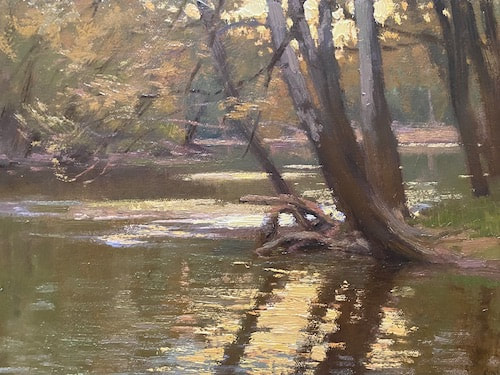
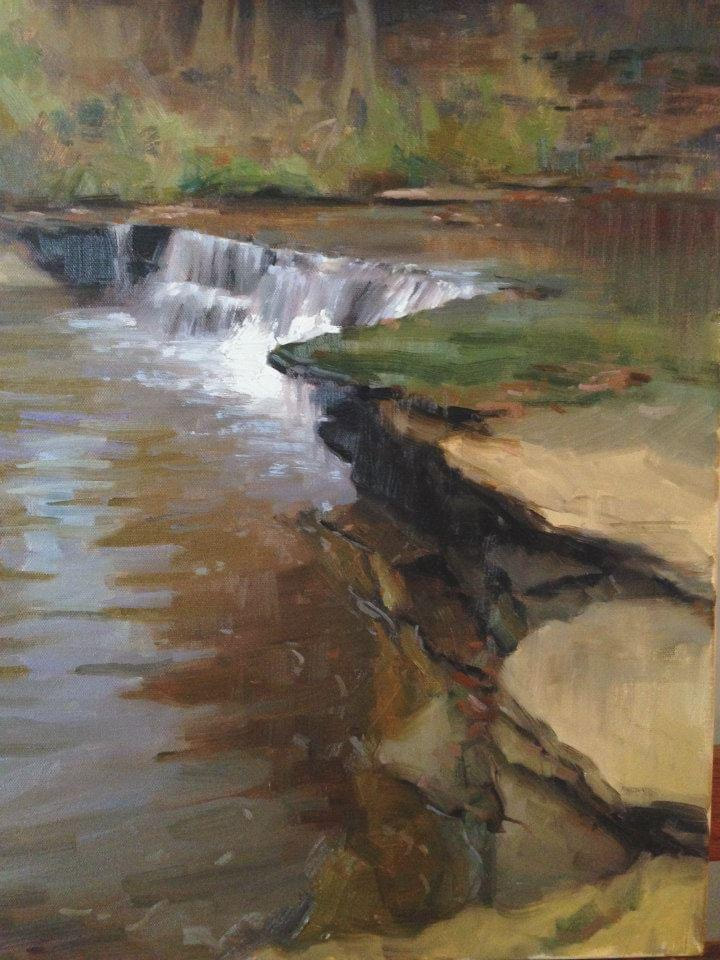
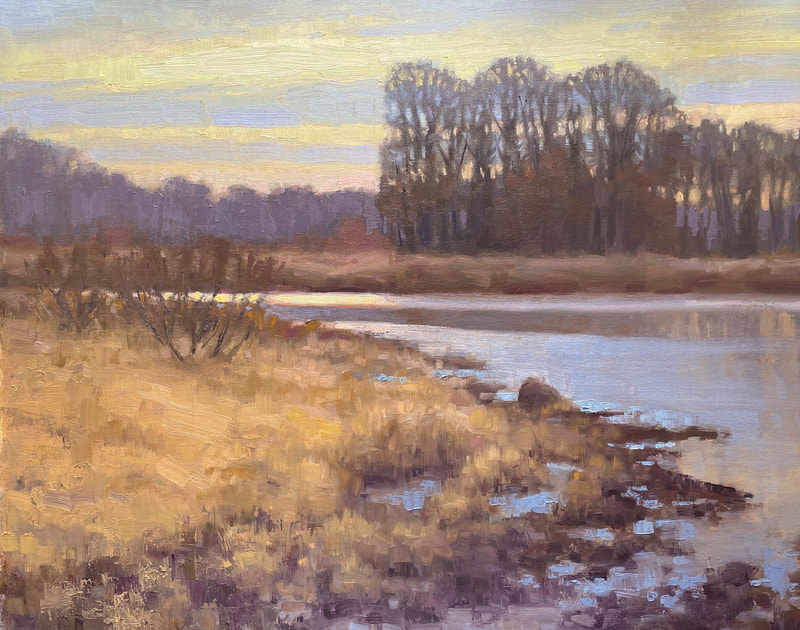
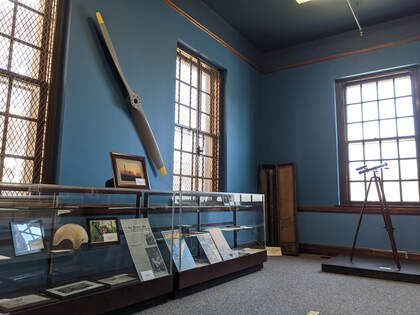
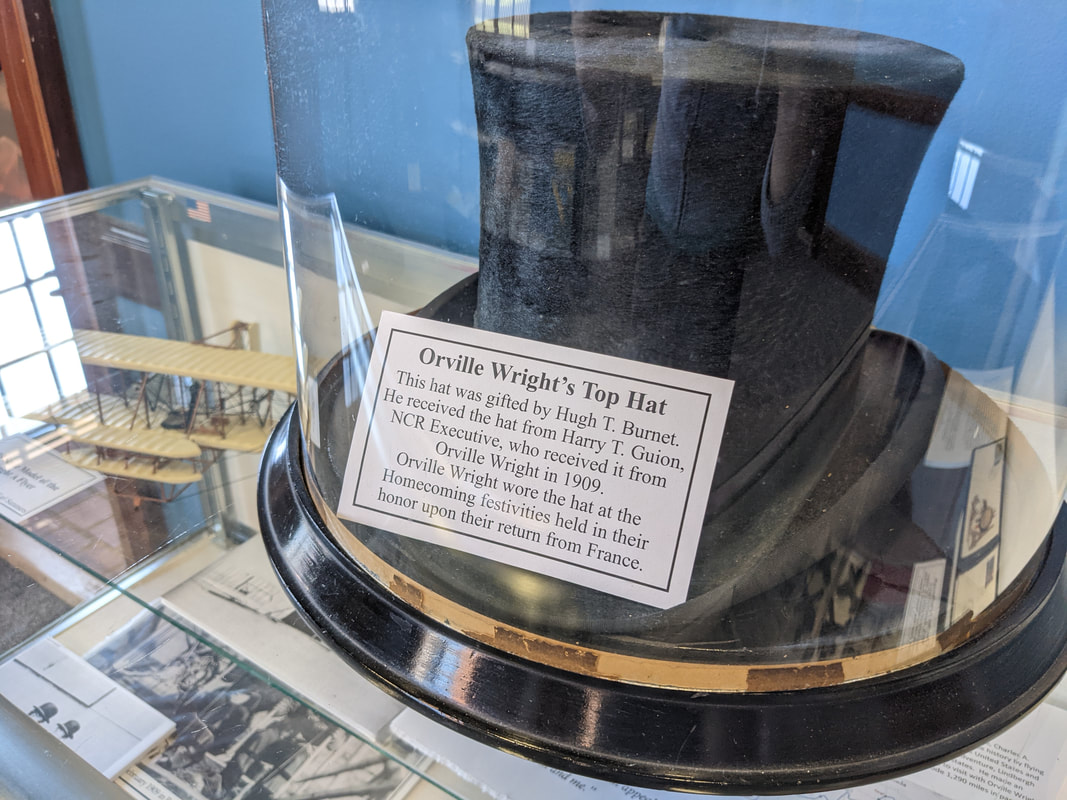
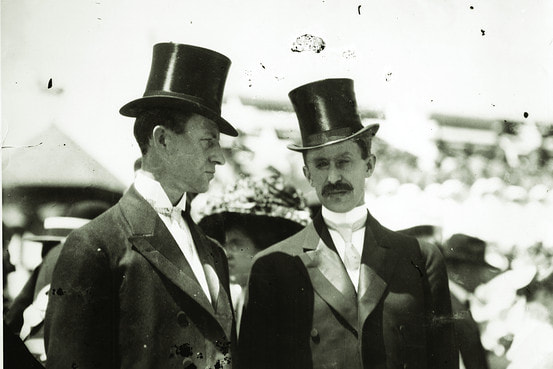
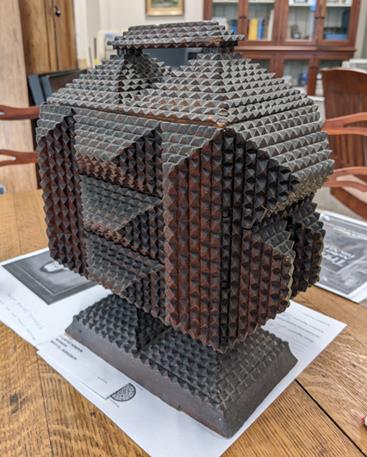
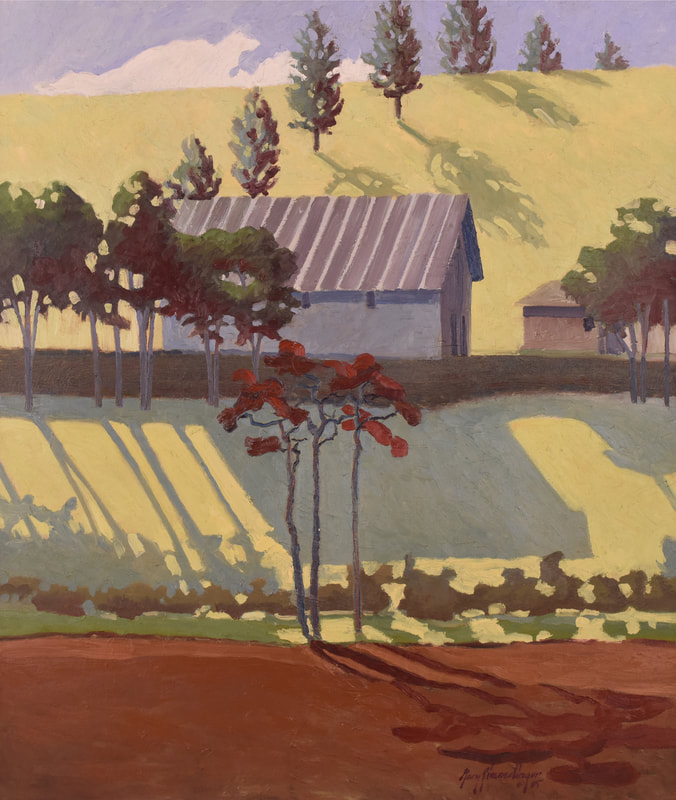
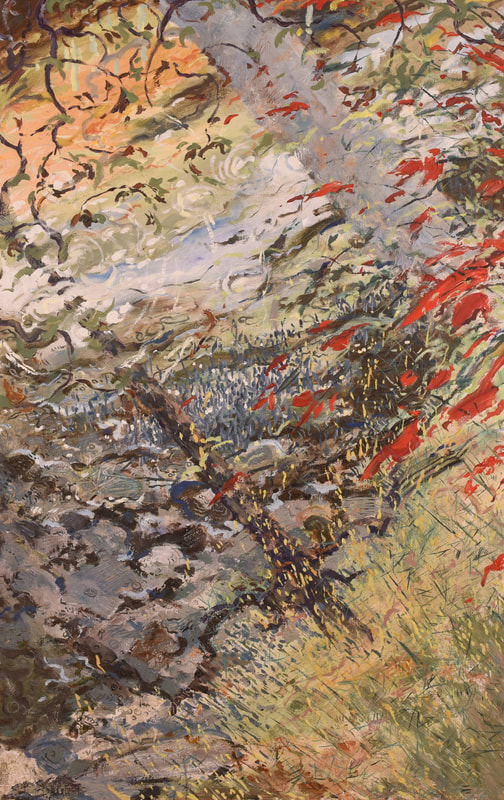
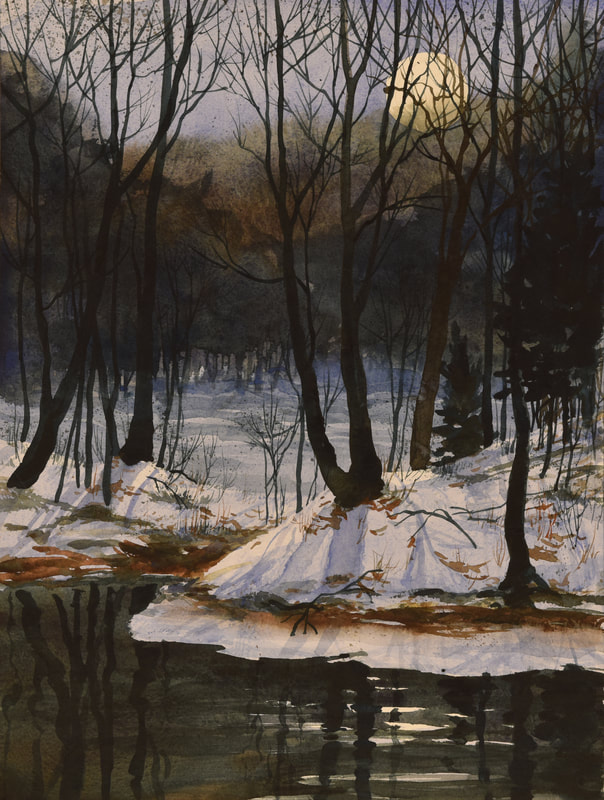
 RSS Feed
RSS Feed





